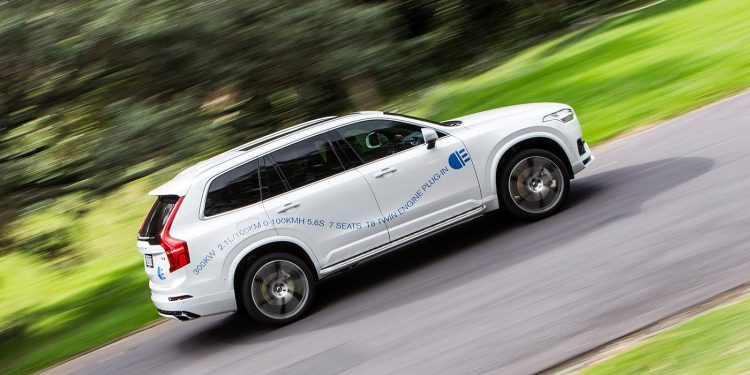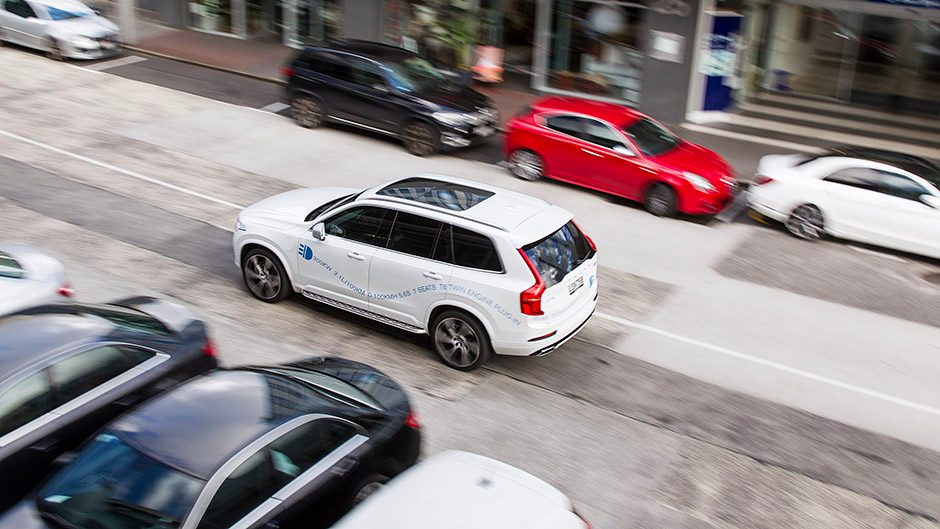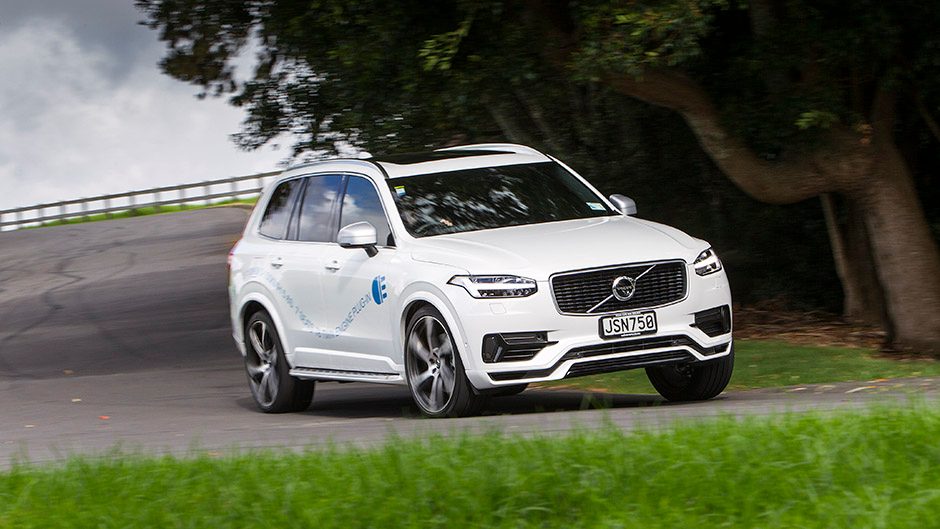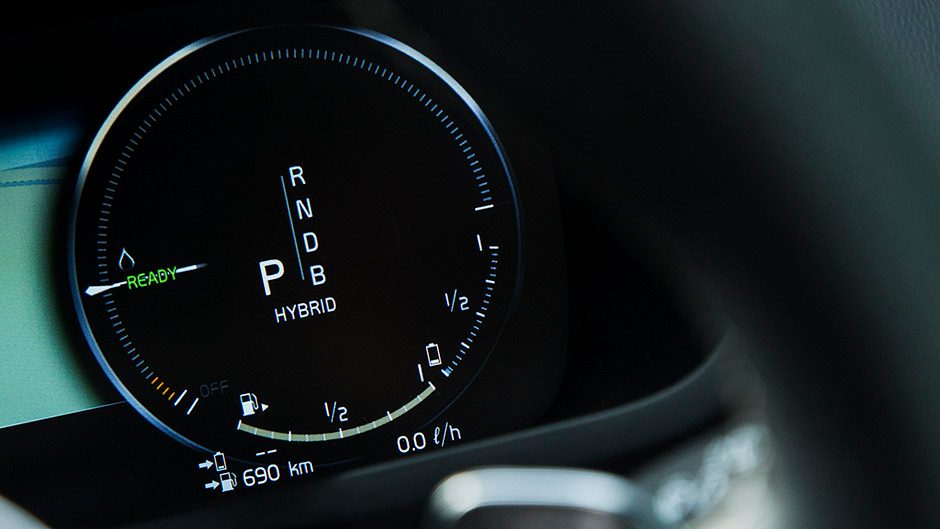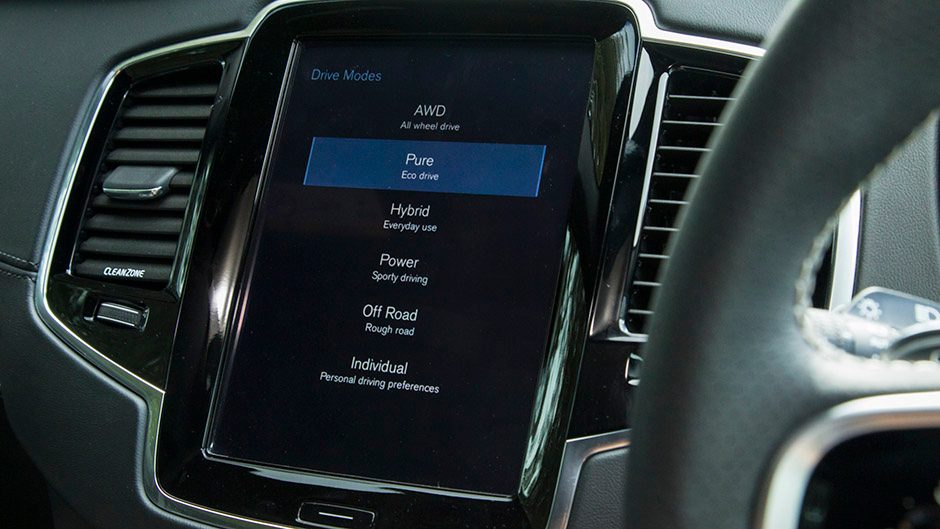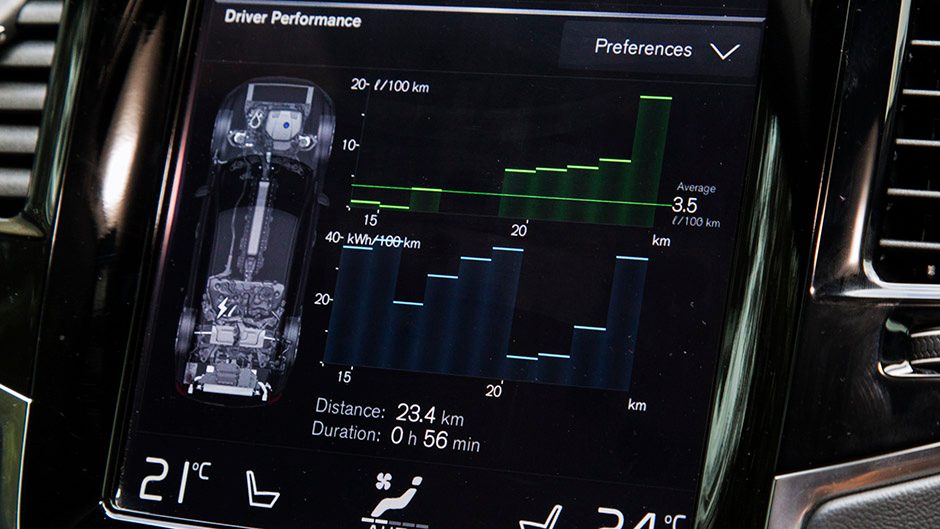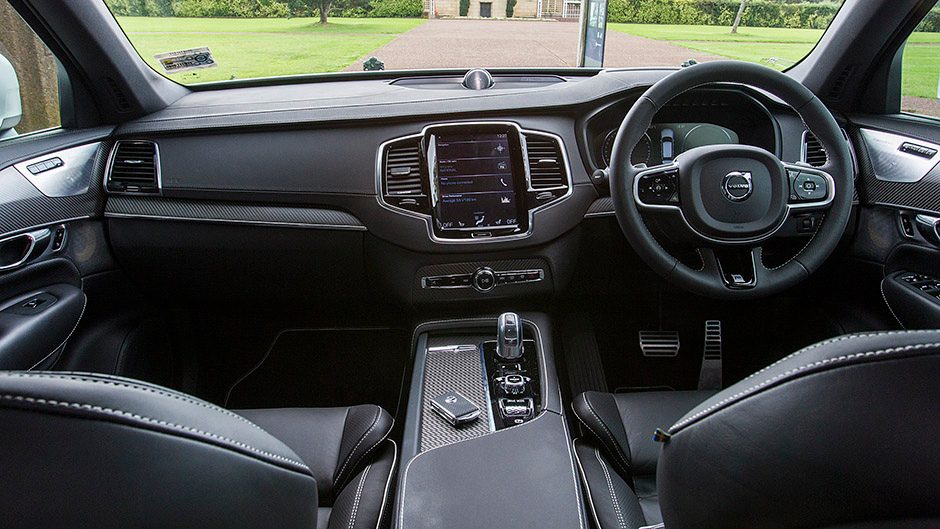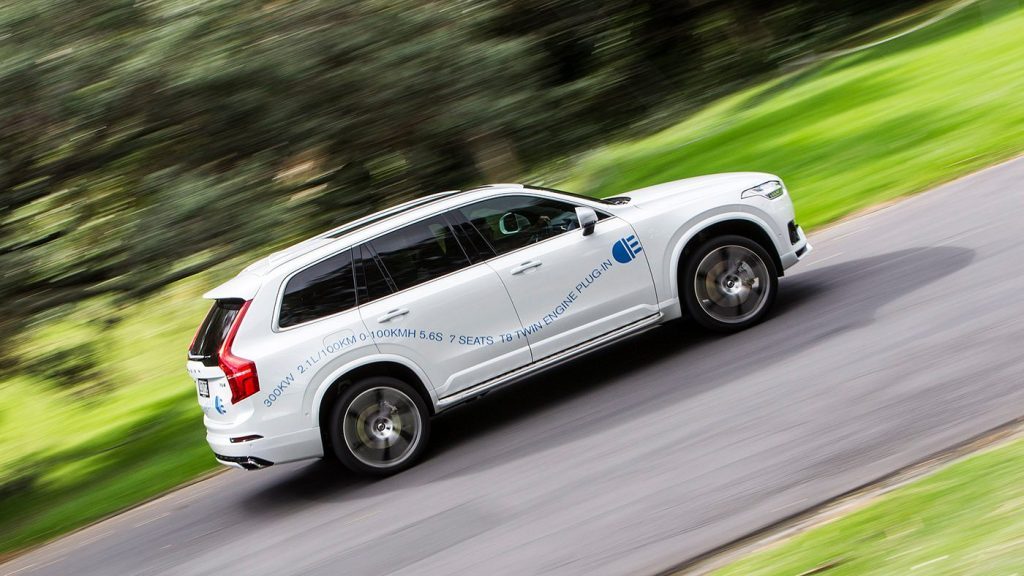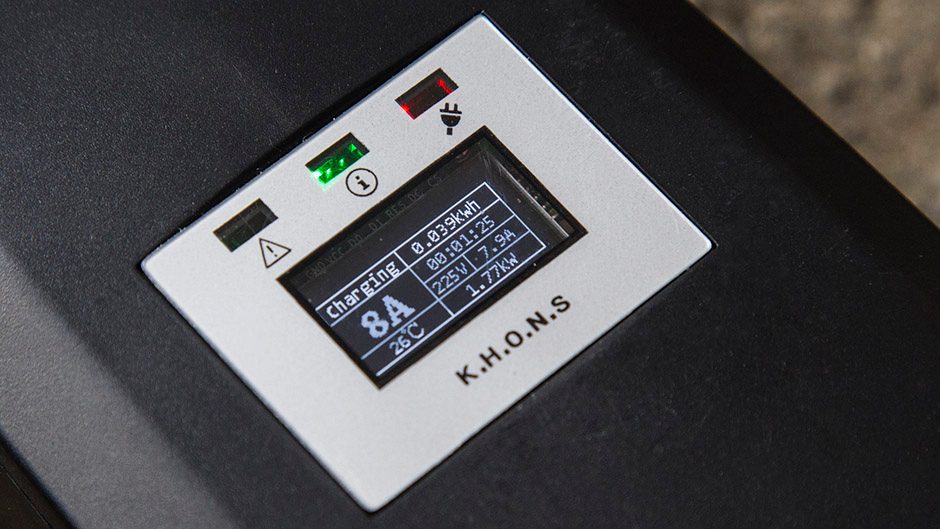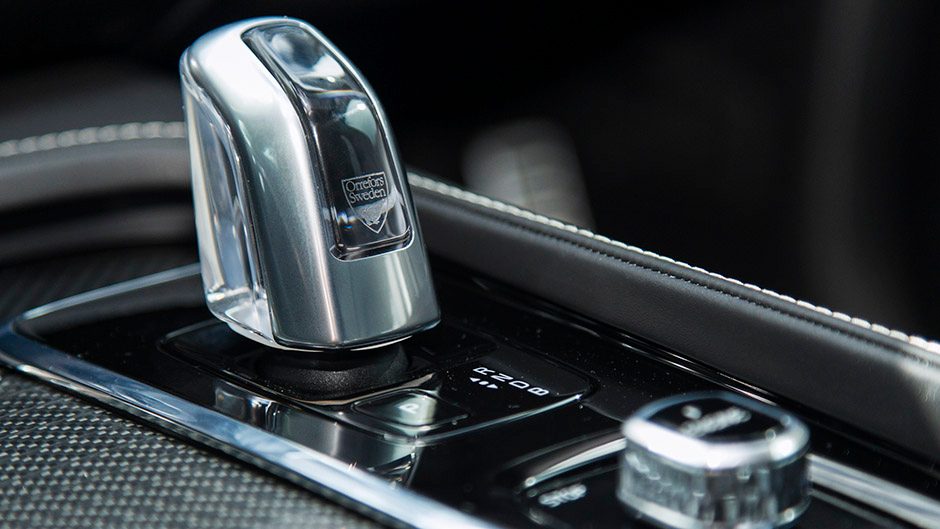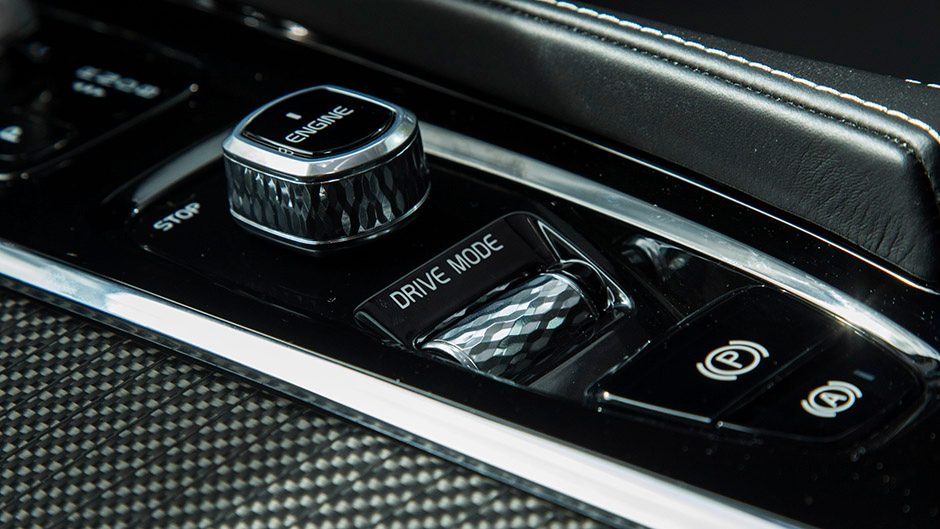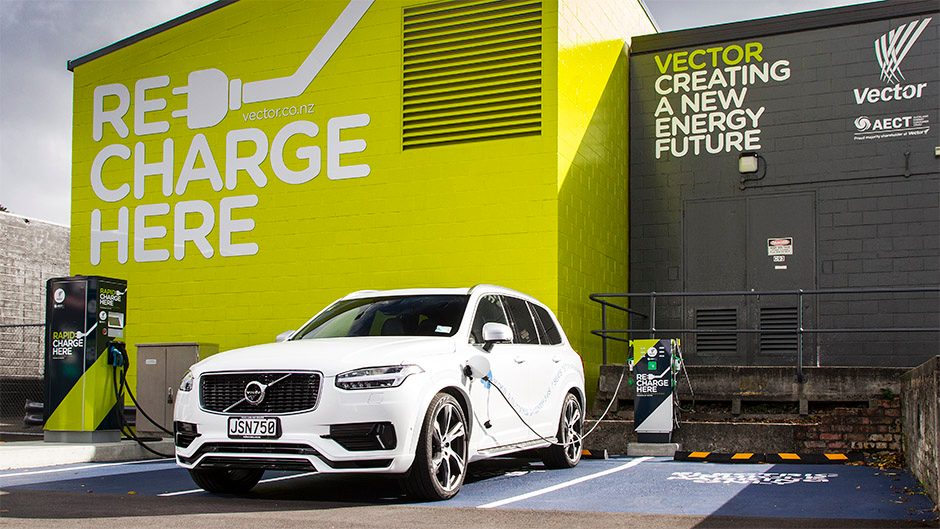2016 Volvo XC90 T8 R-Design review
Words: Kyle Cassidy | Photos: Tom Gasnier
This suv has two ‘engines’ to help cut its fuel consumption in half. Doesn’t sound possible until you realise the xc90 t8 is volvo’s new plug-in hybrid. Is it the future of luxury travel?
While we can’t predict the future, we do know some things for certain. Like we’ll be seeing more of this type of vehicle on the roads in the years to come. Not just Volvos alone either (although the brand is experiencing another year of solid growth) but rather plug-in hybrids. They are inevitable as carmakers strive to meet future emissions levels set by various governments around the world.
While no manufacturer can yet say with certainty what they’ll be producing in 20 years, they mostly agree that plug-ins are the next step towards lowering tailpipe emissions towards zero. And like most new technology, it starts from the top end and works its way down. That’s also why most of this plug-in technology remains expensive with the possible exception of Outlander PHEV. In that regard, models like the new XC90 T8 aren’t purchased with lower running costs in mind, but rather it’s a conscious ‘carbon footprint’ decision or an early adopter thing. So with those points cleared up, let’s explore this XC90 T8.
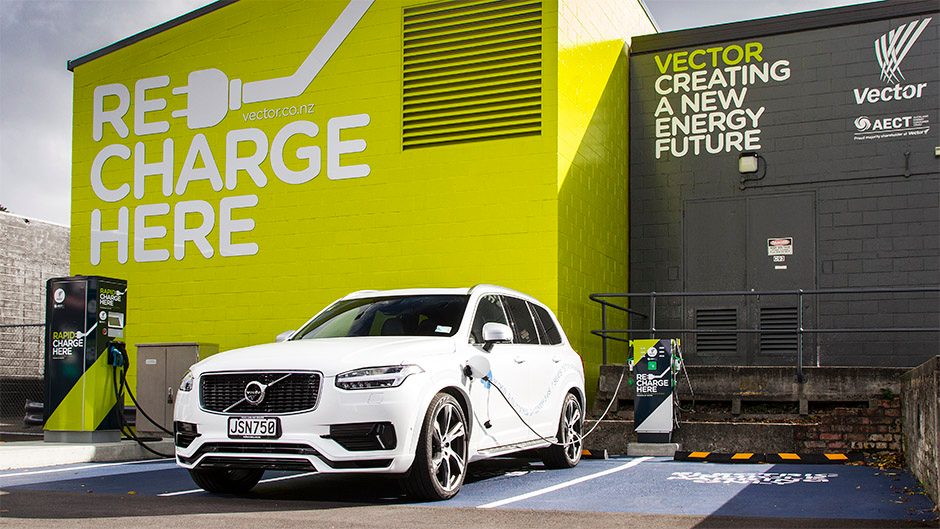
T8?
Volvo’s hybrid uses the twin-engine concept, with a petrol engine up front and an electric motor on the rear axle. The engine is the twin-charged 2.0-litre four, with 238kW and 400Nm. It drives the front wheels through an eight-speed auto. Hybrid bits include an electric A/C compressor and a crankshaft-mounted integrated starter generator. This electric device weighs 18kg, lives in between the engine and gearbox and is responsible for charging the battery in hybrid generator mode as well as starting the engine. It can also boost the engine electrically with short bursts of an extra 150Nm. The motor on the rear is a 34kg, 65kW/240Nm unit and provides the pure EV drive. It also takes care of the regenerative braking process.
The battery is a 9.2kWh lithium-ion pack which weighs 113kg. And then there are the other electrical bits like the charger module, the power electronics systems, inverters, converters and regulators that make an electrician a more qualified tradie to service your Volvo than a mechanic. The claims read 300kW and 640Nm, 0-100km/h in 5.6sec and 2.1L/100km. A recharge from the mains takes about 3.5 hours and, according to the little read out on the charger, juices about 8.2kW/h of power, or about $2.50, depending on your power supplier. Volvo can sell you a fast charger box for your home that costs $1400 and reduces this time by an hour.
The T8 is available in both Inscription and R-Design guises, the latter on test, and at $134,900 and $136,900 respectively, all the tech bits command a $24,000 premium over the T6 version. And there’s no other special equipment over the other models, save for a sunroof and the fancy crystal shifter. But with the placement of the batteries under the console, the XC90 T8 remains a useable seven seater, with no loss of luggage or passenger space.
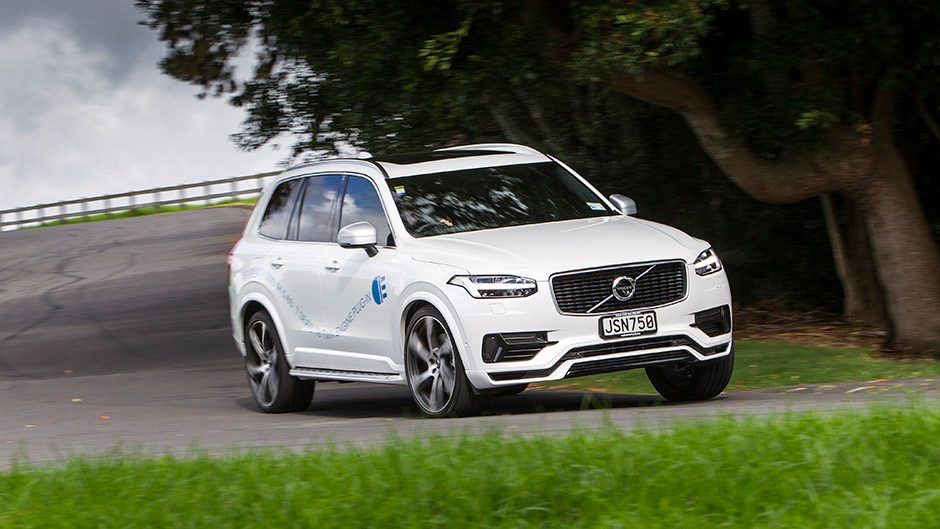
Drive modes
Being a hybrid, it has more drive modes than a German super sedan. Default is hybrid, which uses a combination of the drive modules for best economy. There’s Pure, which is EV mode, AWD which ensures the two work always to give four-paw traction, and Power mode gives you maximum thrust for sporty driving. There are also modes to set the engine to charge the battery or you can hold the charge in the battery for use later in your journey. The gearlever is interesting/slightly annoying in that you have to toggle it back twice to get into drive (park to neutral, then neutral to drive) and then forwards twice to select reverse. Park is activated via a button. And when in Drive, you can pull it again to activate a more forceful regenerative braking mode to help charge the battery. There’s no tacho but rather a power meter, the gauge telling you how to far to push the accelerator before you’ll trigger the petrol engine into play.
Town and around
The EV mode isn’t bad considering the 65kW/240Nm motor has over 2000kg to move. It doesn’t leap of the line but accelerates with the general flow of traffic. We managed between 25 and 35km with our EV mileage, terrain and traffic flows affecting the outcomes. And while it will EV up to 100km/h (120km/h officially) this quickly eats the battery. It doesn’t much like hills, in fact it struggled to make it up my steepish drive way each morning, but it does deliver smooth, quiet progress. The Hybrid mode feels more like it; there’s good thrust off the mark as all the potential is put to use, and though there is a slight delay between hitting the gas and the power being delivered (seems the system takes a moment to sort the flow out), it does feel swift when you nudge it along. Depending on your use of the throttle, Hybrid mode will deliver the magic 2.1L/100km figure, but as the battery depletes completely you’ll likely net around 7L/100km for longer city trips. This is about half of what the regular T6 drinks, for you get bursts of electric power as you recoup energy through braking.
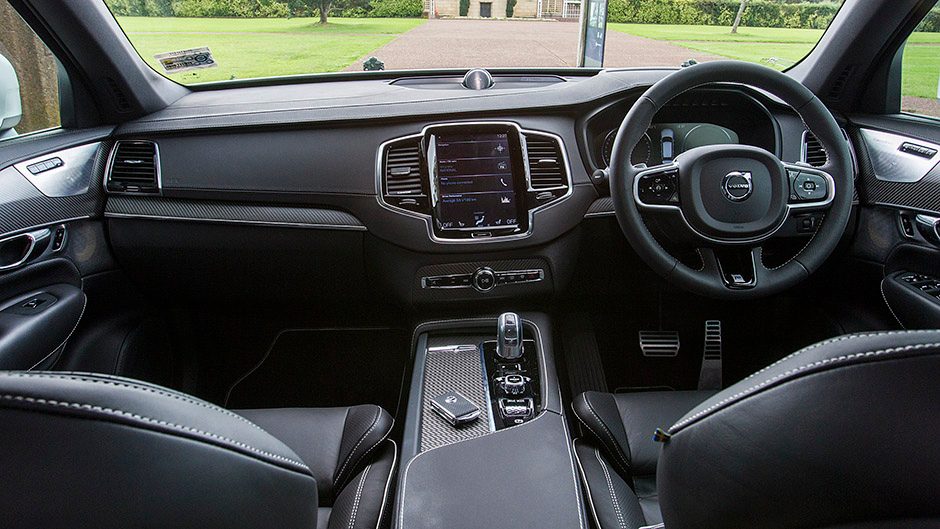
Performance hybrid?
The T8 is a 300kW SUV, but does it drive like one? Hmm, yes and no again. It’s faster to 100km/h than the T6, and we were only a tenth off the 5.6sec claim. When giving it some it’s best to select Power Mode – for sporty driving – which feels like the engine takes precedence (and the energy meter morphs into a proper tacho), with the motor used for boosting. But like most hybrids it never feels like you get the full shove of quoted torque.
The T8 is 240kg heavier than the T6, and yes that’s felt when accelerating out of curves, but otherwise the weight is low enough in the chassis so as not to upset the balance greatly. This air sprung version hunkers down nicely in the turns, the steering directs the action in satisfying fashion. Even the brakes work in a conventional fashion (not always the case with hybrid regenerative systems), save for those times when you really stand on them. As for fuel use, this climbed into the 11s after a determined push over our reference hill road, around 5L/100km better than the T6.
The usual extras
The premium of the T8 covers only its electrical inventory. So when you add a few must-have options to the mix it takes the rig closer to $150k, like this test R-Design model. This has the Sport Pack which includes the not so eco-conscious 22-inch alloys, and there’s air suspension ($3990) which we reckon is a good option for the XC90. It improves its balance of smoothness and agility, and in Eco mode, will lower the ride height to improve your flow through the air. We’d choose it over the similarly priced premium B&W sound, while the extended leather upgrade ($2290) covering the dash and door tops in hide elevates the quality of the cabin.
It would have been a bonus if the T8’s technology arsenal had included the Drive Support pack as standard with its 360-degree camera, adaptive cruise, active lane keeping and heads-up but instead buyers will have to fork over another $3990. Not that Volvo NZ has had trouble selling these T8s. While supply is limited to just two vehicles a month, it’s currently sold out until October. Now that the demonstrator is on the ground, more potential buyers could be signing up as it ticks the boxes for those interested in the concept, and willing to pay the hefty premium. If you’re not that way inclined, we think the regular D5 and T6 XC90s do the job just fine.
| Model | Volvo XC90 T8 R Design | Price | $136,900 |
| Engine | 1969cc, IL4, SC/DI, 235kW/400Nm | Drivetrain | 8-speed auto, on-demand AWD |
| Fuel Use | 2.1L/100km | C02 Output | 49g/km |
| 0-100km/h | 5.69sec | Weight | 2360kg |


